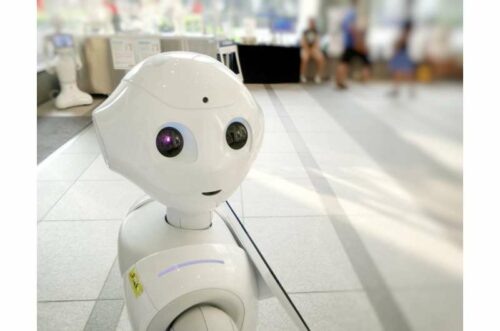The differences between running robots and animals enhances integration and control, aiming for progress in delivery, search, and hazardous tasks.

For decades, robotics engineers have dedicated extensive efforts and significant financial resources to develop robots capable of walking or running as proficient as animals. Despite these endeavors, it still stands true that numerous animals possess abilities beyond the reach of current robotic technology.
To explore the reasons why robots fall short compared to animals and to measure the extent of this disparity, a collaborative team comprising scientists and engineers from Simon Fraser University conducted an in-depth analysis of different facets of running robots, juxtaposing them with their animal counterparts. Their findings were published in Science Robotics. The study reveals that, according to engineering metrics, biological elements exhibited unexpectedly low performance compared to artificial counterparts. However, animals outshine robots in their adeptness at integrating and controlling these components.
Each researcher focused on one of the five distinct “subsystems” integral to the construction of a running robot: Power, Frame, Actuation, Sensing, and Control. They meticulously compared these subsystems with their biological counterparts. Previously, the prevailing belief was that animals’ superiority over robots stemmed from the excellence of their biological components.
The researchers offered a more optimistic perspective for the field of robotics. They highlighted that when considering the relatively brief duration that robotics has had to refine its technology compared to the countless generations of animals evolving over millions of years, the progress has been surprisingly rapid.
Beyond being just an engineering hurdle, proficient running robots present numerous potential applications. They could tackle issues such as overcoming ‘last mile’ delivery obstacles in a human-centric environment often challenging for wheeled robots to navigate, conducting searches in hazardous environments, or managing dangerous materials. The researchers aim for this study to steer future advancements in robot technology, prioritizing not just building superior hardware but comprehending how to enhance integration and control of existing hardware.






